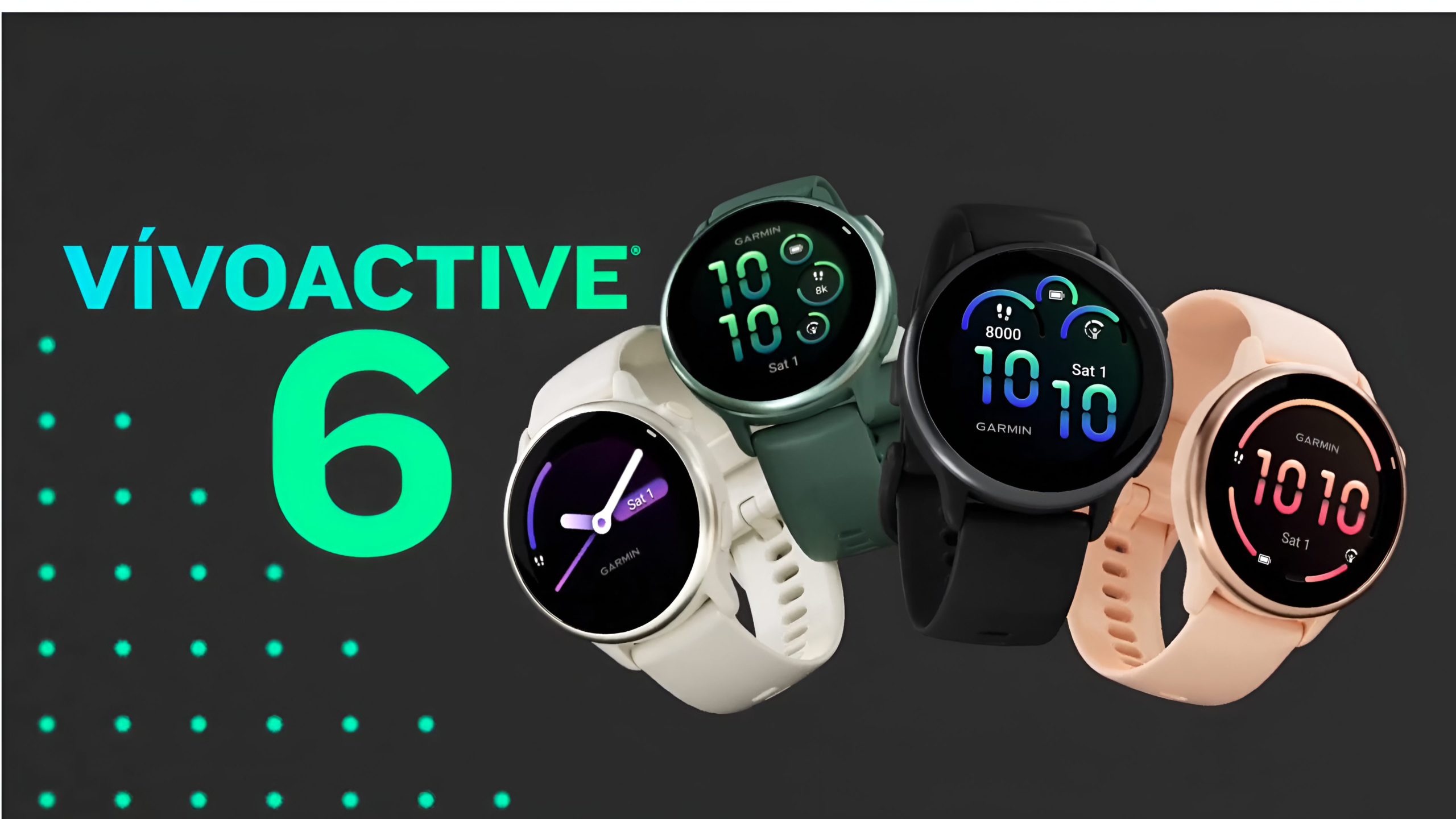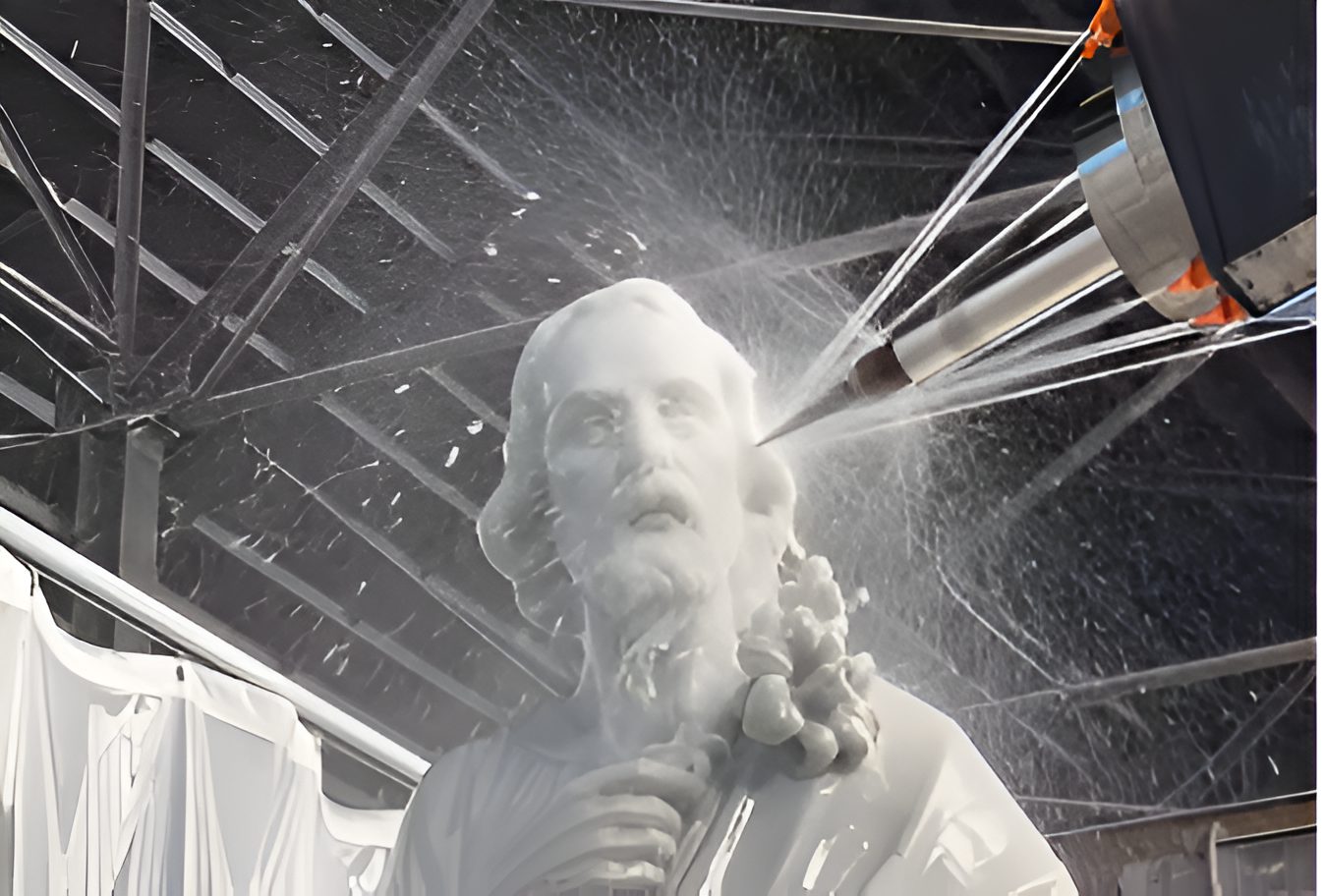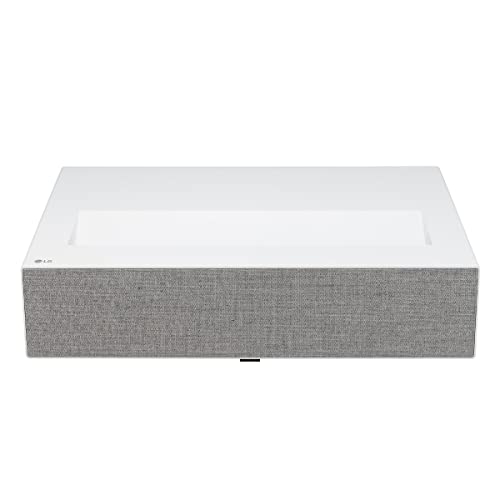Driving isn’t just about getting from A to B—it’s about the little tricks and hidden features that make the experience better and, yes, sometimes even more fun. Let’s uncover some lesser-known car secrets that seasoned drivers swear by, from key fob hacks to design quirks you probably didn’t know had a purpose.
10. Amplify Your Key Fob Signal with a Simple Trick
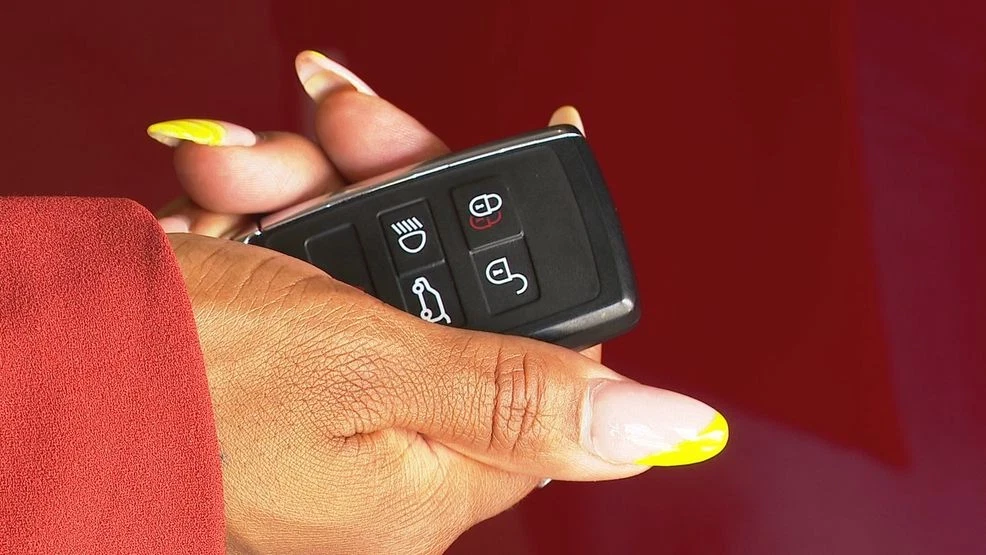
Ever wandered around a parking lot, frantically clicking your key fob, hoping it’ll reach your car? Try holding it against your head. Strange as it sounds, your head can actually help amplify the fob’s signal, extending its reach from 30 feet to as much as 85 feet. This works because the water in your brain resonates with the electromagnetic waves from the fob, giving the signal an unexpected boost. Just keep in mind, this trick won’t revive a dead fob—so always have a backup plan.
9. The Myth of Red Cars and Insurance

There’s a long-standing belief that red cars are more expensive to insure and more likely to get pulled over. While red is definitely eye-catching, it’s not a factor in your insurance rates. Insurers are more concerned with your car’s make, model, and your driving history than its color. In fact, studies have shown that white cars are pulled over more frequently than red ones. So, if red is your dream car color, go for it—your wallet won’t take the hit.
8. The Truth About Morning Gas Fill-Ups
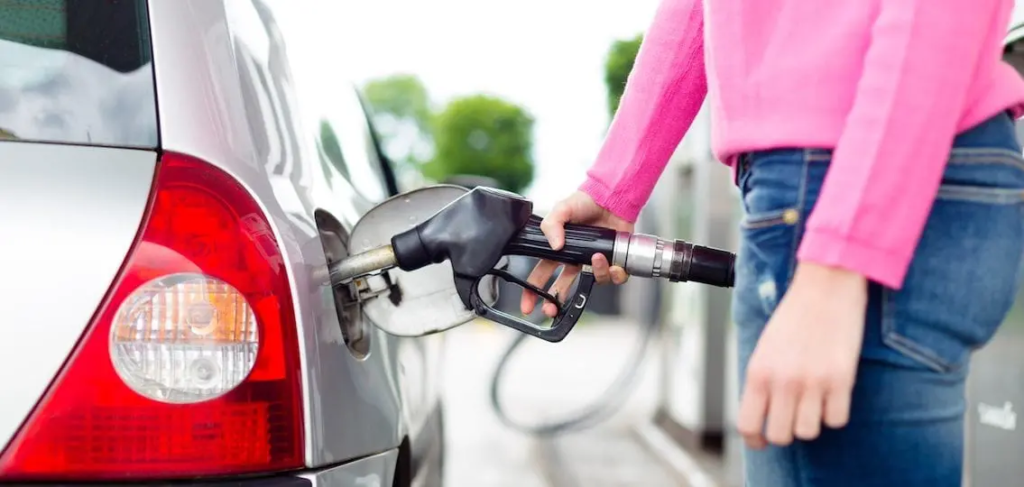
Some drivers believe filling up in the morning gets you more gas for your money, based on the idea that cooler temps mean denser fuel. While it sounds logical, gas stations keep fuel in underground tanks, where temperatures are stable. That means gas density doesn’t really fluctuate much throughout the day. So, fill up whenever it’s convenient—no need to chase that early-morning fill-up myth.
7. Lane Switching in Traffic: To Do or Not to Do?
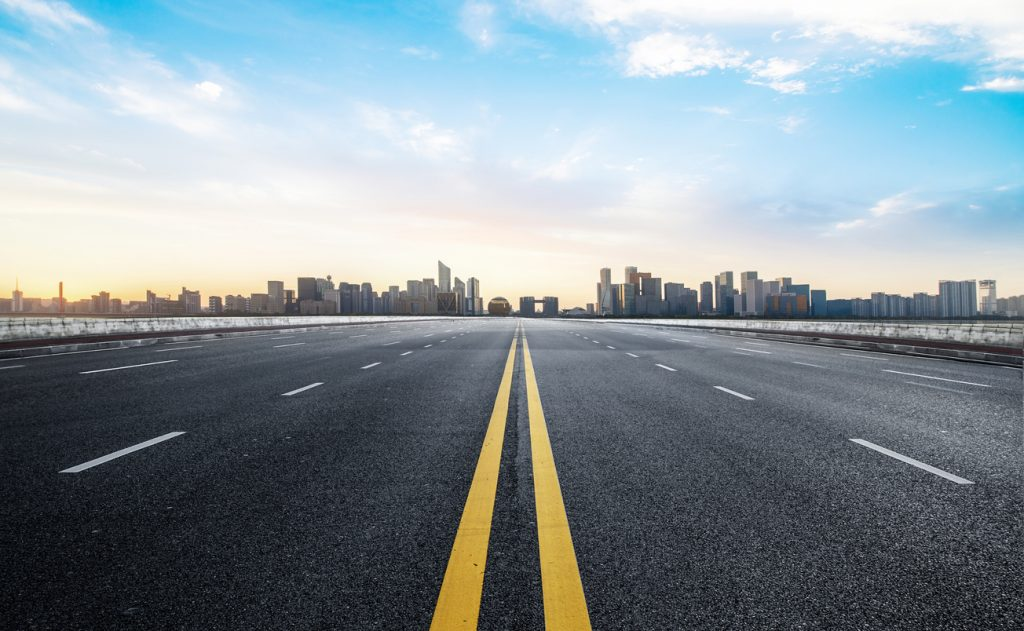
When traffic is crawling, it’s tempting to jump from lane to lane, hoping to save a few minutes. But studies suggest sticking to your lane might actually get you there faster. Switching lanes usually leads to more stop-and-go driving, as the “faster” lane often slows down right after you switch. Staying put can reduce stress and contribute to a steadier traffic flow for everyone.
6. The Secret Safety Feature in Seatbelts
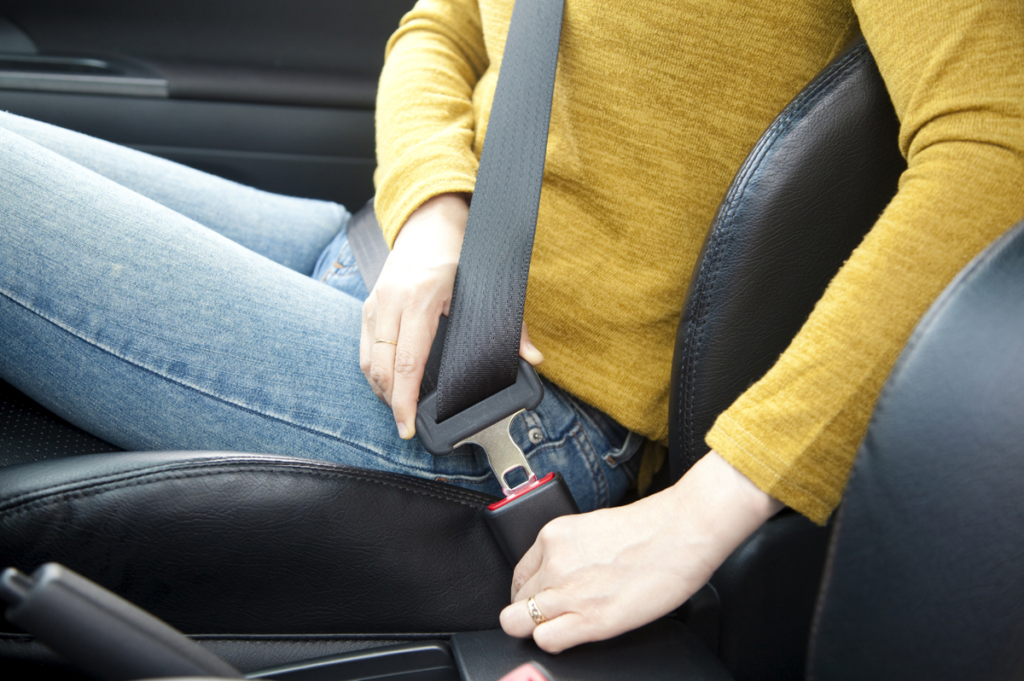
Ever noticed the extra loop of fabric on your seatbelt? The extra fabric loop, known as the energy management loop, has a crucial purpose. In a crash, this loop is designed to rip, absorbing impact forces to keep the belt intact, thereby reducing the risk of whiplash and helping protect passengers. Additionally, it prevents the buckle from sliding to the floor, ensuring it stays in a convenient position. Interestingly, this feature isn’t on the driver’s seatbelt. Instead, the driver’s belt is optimized to keep you safely in place, minimizing the chance of hitting the steering wheel. It’s a subtle but smart design feature focused on keeping you safe.
5. The Mystery of the Check Engine Light
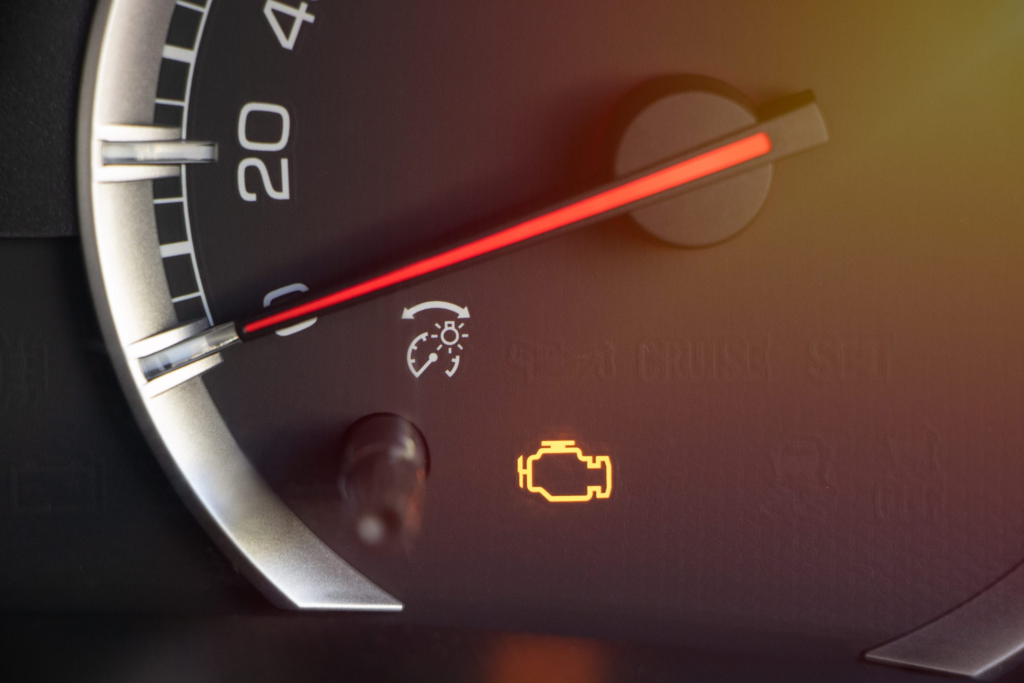
Nothing causes more dread than that glowing check engine light. Often, it’s something minor—like a loose gas cap, which can mess with your car’s emissions system and trigger the light. Newer cars even have reminders to double-check the gas cap. But if the light stays on, don’t ignore it. A quick check with a mechanic can ensure there’s nothing more serious going on under the hood.
4. Why a Dirty Car Doesn’t Help Performance
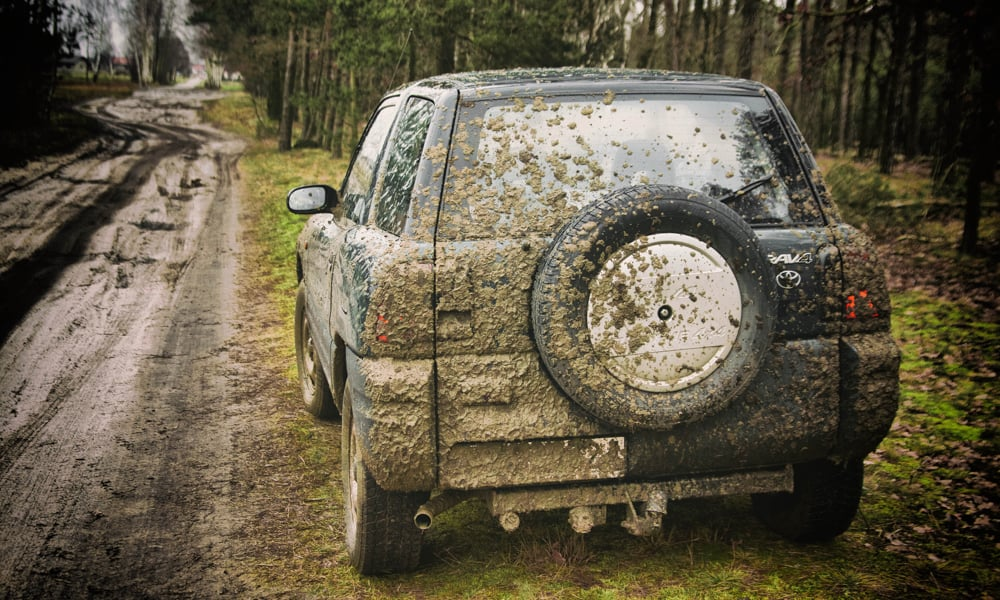
There’s a myth that a layer of dirt on your car can improve aerodynamics, similar to the dimples on a golf ball. In reality, dirt disrupts your car’s aerodynamic design, adding drag and reducing fuel efficiency. So, don’t skip the car wash! A clean car doesn’t just look good—it also glides through the air a little better, which can help with gas mileage.
3. Hidden Features You Never Knew About
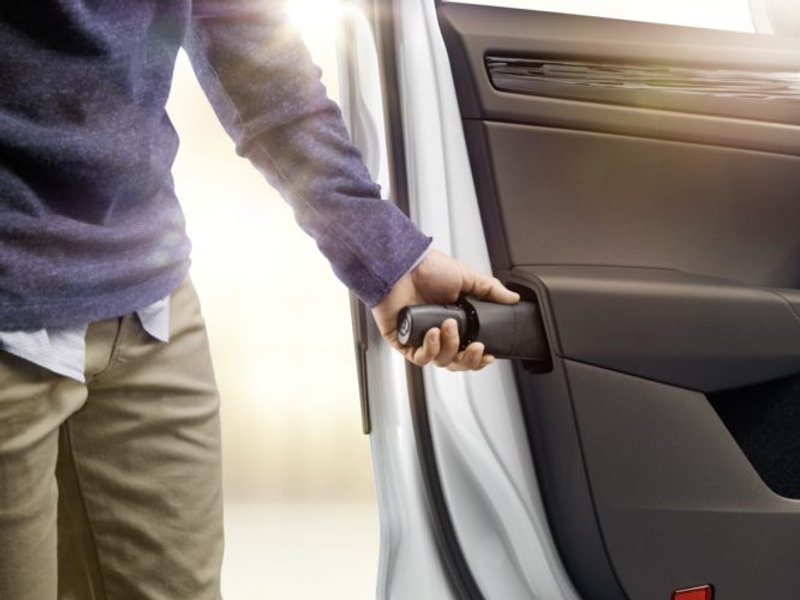
Many cars come with hidden features designed to make life easier, like built-in umbrellas, ice scrapers, or smart storage compartments. You might even find small hooks for takeout bags or hidden pockets for valuables. Take a closer look around your vehicle—there could be a few clever features you’ve overlooked that make driving just a bit more convenient.
2. The Optical Illusion of Speed
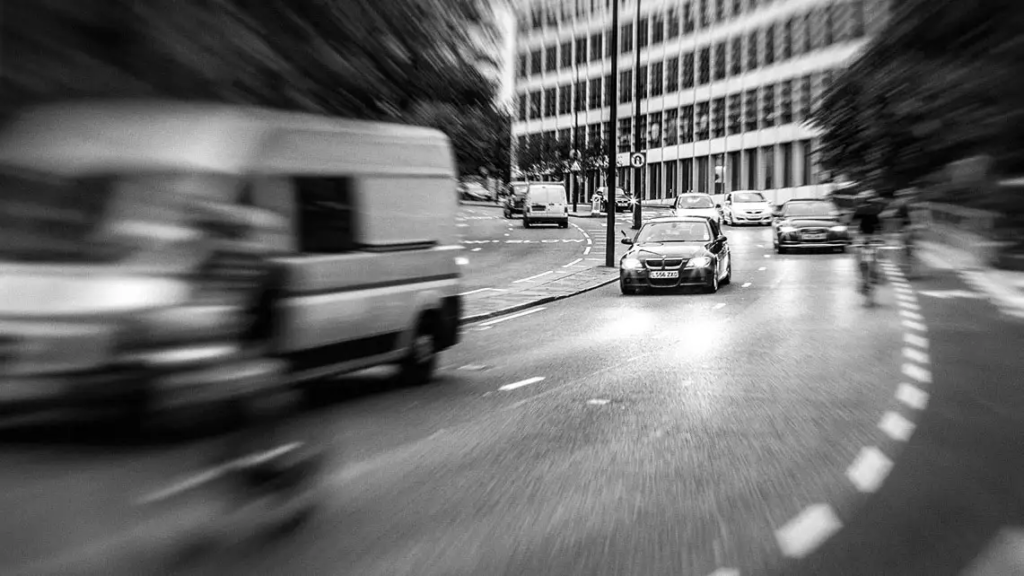
Ever notice how objects close to you seem to zoom by faster than those further away? This effect, called motion parallax, can make drivers in taller vehicles, like SUVs or trucks, feel like they’re going slower than they actually are. Knowing this might help you stay more aware of your speed, especially if you’re used to driving a taller vehicle—it’s all part of the psychology of driving.
1. Car Design Techniques You’d Never Guess
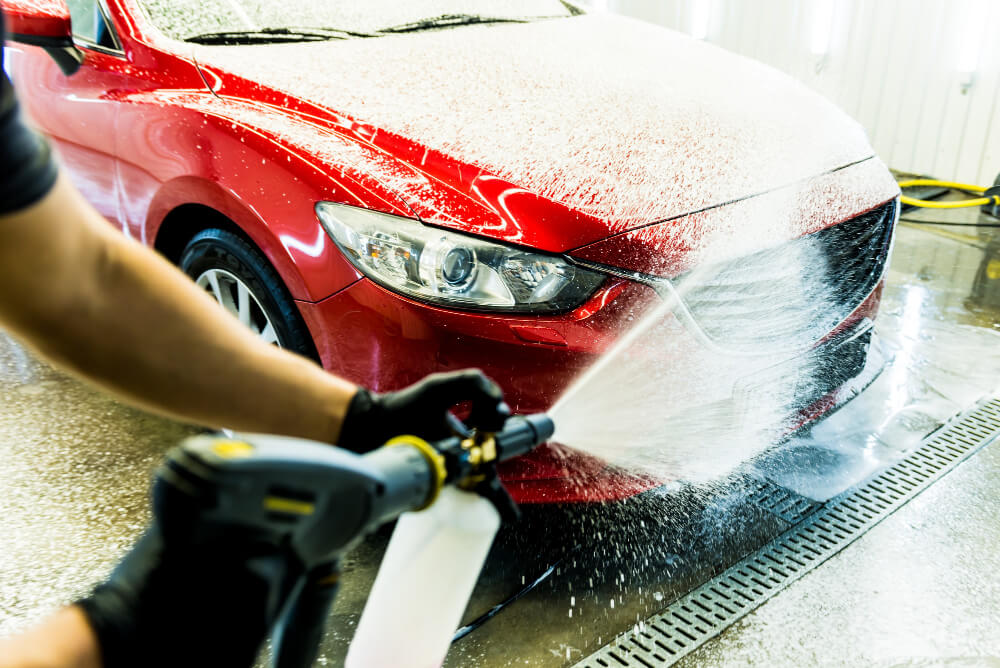
Though car design has come a long way with digital modeling, many manufacturers still use clay modeling to shape their prototypes. This hands-on approach allows designers to refine the vehicle’s shape in 3D, testing for aesthetics and functionality. Clay models can reveal subtle design details that don’t show up in digital models, blending art and engineering in a way that keeps car design grounded—even as it pushes forward







